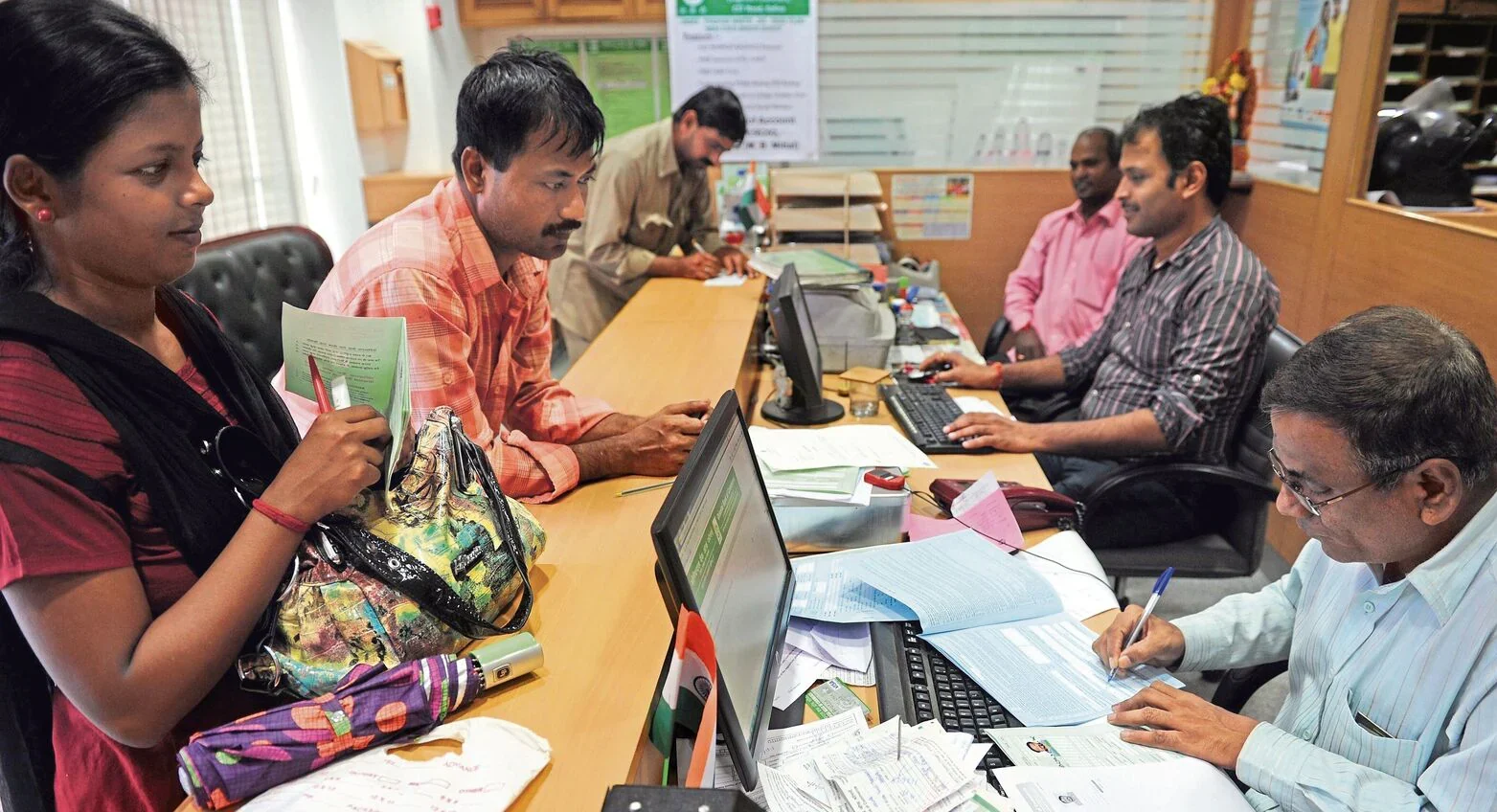Indian aviation to takeoff in 2025 with mega-mergers, expanding fleets, and new airports shaping the future. Despite challenges like supply chain disruptions, the sector is geared for transformative growth and improved connectivity.
Milestones marking Indian aviation to takeoff in 2025
The year 2024 was pivotal for Indian aviation. Air India completed its merger with Vistara, forming a robust full-service airline under the Tata Group. This integration highlights the group’s ambition to dominate the market and serve over 120,000 passengers daily.
Simultaneously, IndiGo celebrated its 18th year by introducing international routes and placing significant aircraft orders, further solidifying its market position. FLY91, a new regional airline, also began operations, enhancing connectivity in underserved regions.
Challenges to Indian aviation to takeoff
While the sector shows promise, it faces hurdles that could impact its growth trajectory. Supply chain disruptions and engine issues delay aircraft deliveries, slowing fleet expansion. Airlines such as SpiceJet and Akasa Air struggle with financial and operational pressures, testing the resilience of the market.
Additionally, IndiGo and Air India’s combined 90% market share raises concerns about competition within the domestic aviation space.
Key drivers for Indian Aviation to takeoff in 2025
1. Expanding fleet and infrastructure
Indian carriers, including Air India, continue to expand their fleets, with over 800 planes currently in operation. The upcoming Noida and Navi Mumbai airports are set to ease congestion at major hubs, offering passengers enhanced travel experiences.
2. Legislative and policy advancements
The government’s introduction of The Bharatiya Vayuyan Vidheyak 2024 modernises aviation governance. These reforms simplify the ease of doing business while promoting domestic aircraft manufacturing.
3. Sustainability initiatives
The industry is actively adopting sustainable practices. Airlines are focusing on introducing fuel-efficient aircraft and optimising operations to align with global emission reduction goals.
The Future is bright
Despite challenges, the future of Indian aviation is promising. Domestic air traffic is projected to grow to 164-170 million passengers by March 2025. With increased demand for wide-body aircraft and direct international routes, the sector is on track to become a global aviation hub.
As policy reforms, modern infrastructure, and expanded fleets converge, Indian aviation to takeoff in 2025 looks set to redefine the industry and its global standing.






















